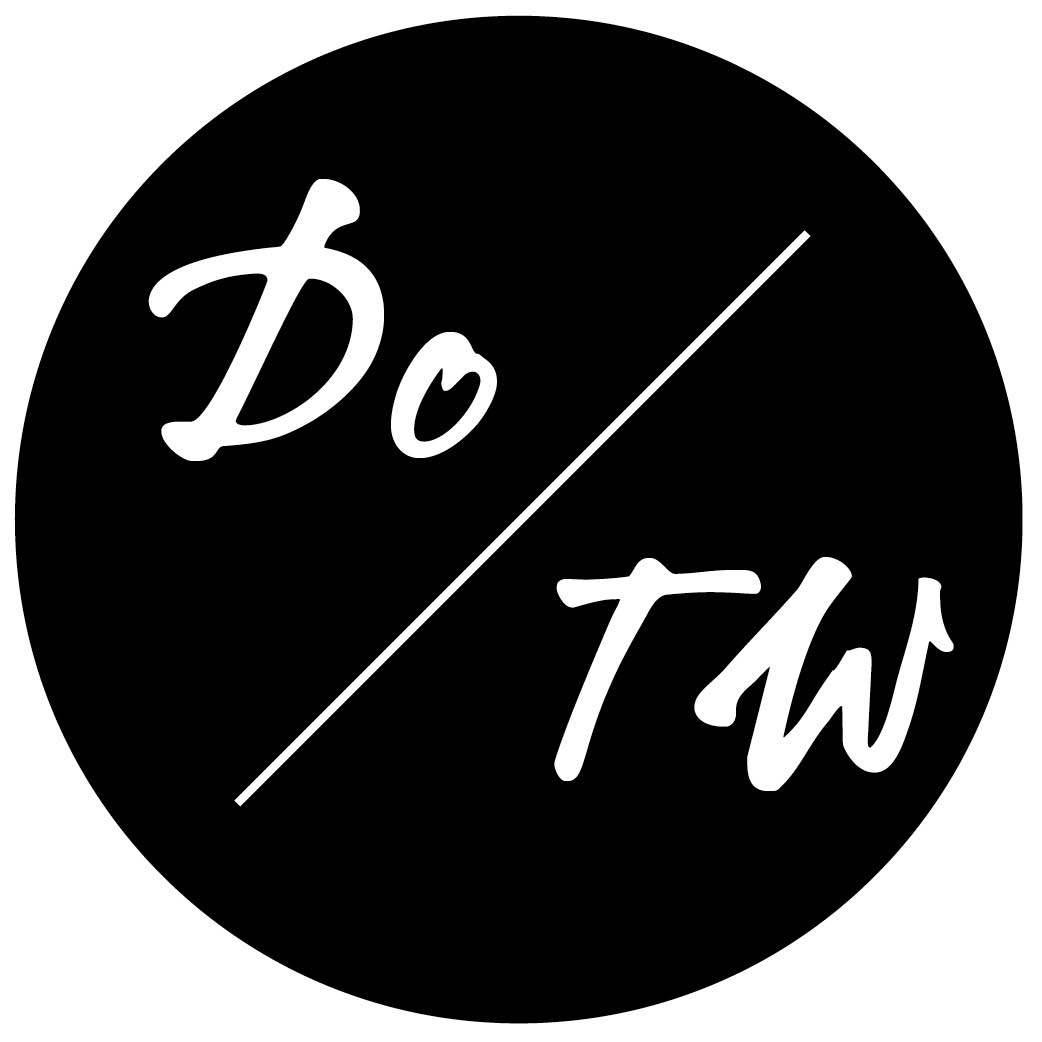Do You Diversify Your Travel Writing Client Portfolio Like a Wall Street Bada$$?

A couple years back, at a special workshop before a large travel writing conference, a relatively well-known travel blogger made a surprising confession that really struck me.
She said she doesn’t think of herself as a “real” writer.
Now, coming from a typical blogger, this might not be so surprising. But this woman has been supporting herself through freelance writing for 15 years. She “pounds out,” as she put it, 6,000-8,000 words a day of e-books, travel itineraries, and web page copy.
How can she say she isn’t a writer?
Do You Think You’re Not a “Real” Writer Because It Doesn’t Look Like You Imagined?
When she started, she dreamed (and she still does) of writing for magazines. Along the way, she got caught up with work that she was good at and that pays, and she stuck with the clients she gained through Elance and other work that came her way through similar channels.
Though she’d love to try new methods of marketing, she’s so caught up in the feast or famine cycle with the work she has that she is afraid to branch out and try new types of marketing that might not pay off on the time invested right away.
She’s ostensibly broken out of the cycle—when periods of many projects and extreme busyness are followed by slow times with lots of marketing that brings on the next feast—but she is still waiting for her dream clients.
You’ve Got to Get Your Bread and Butter on the Table First
When we begin working for ourselves, no matter the circumstances or the motivation, it is always in part a leap of faith based on a dream.
But inevitably, things take a different turn than we expected. We find success in a place that was not what we originally expected. And sometimes that’s great, but other times it distracts us from the work we originally set out to do.
When you start freelance travel writing, you’re more focused on getting some work than creating the perfect gigs for yourself.
And that’s important. You need recurring revenue. You need regular income (preferably in travel writing so you’re getting clips along the way) to fuel the work that takes longer to pan out.
“Bread and butter” clients pay fine. They pay enough that the work is worth doing. They pay promptly, keeping you happy knowing you can always rely on those funds. And they’re easy because you already know how to do the work.
When you have clients like these, it’s easy to be comfortable, to feel like you have reached a certain level of success.
But the reality of an early small business or freelancing career is that your rates or offerings should experience a steep upward curve. It’s fine to start out with steady, lower-paying clients as you gain experience and testimonials, but within a year or so, you need to up the ante.
How to Transition to Your Dream Travel Writing Clients
For freelance travel writings, an ideal client portfolio is like a high school student’s college application plan. You need a certain number of safety, match, and reach options to make sure that you are reaching your best potential.
The main way to supplement the magazines and websites that you already write for is, of course, through pitching. But the key to growing your portfolio and adding dream publications to your roster is to market without needing the work.
It sounds counter-intuitive, I know.
The whole point of pitching is to get work. But to go after the reach part of your portfolio without fear (and, importantly, with the confidence you need to land those clients), you need to have your financial needs met with a certain number of safety and match recurring clients.
Bread and butter work doesn’t require too much time, effort, or innovation on your part, and interesting work challenges you and keeps you sharp but doesn’t drain you. These types of clients and projects not only keep money coming in, but they set you up psychologically to get your dream clients.
Make the Jump to Having Dream Magazines as Your Bread and Butter
One of the most important aspects of scientific experimentation is a lack of emotional investment. Even if Watson and Crick were personally very sure that the double helix was the right structure for DNA, they had to do balanced experiments as if that was just one of many possibilities.
Approach your marketing as if the clients you dream of—and the path you take to get them—are just one of many possibilities.
Are you a writer who dreams of writing for big newsstand magazines like Conde Nast Traveler?
With the right approach and enough time, you probably will write for Conde Nast Traveler, probably even sooner than you think, but not if it is the be-all, end-all goal that your entire career hangs on.
Going after big fish clients with that motivation makes you reek of desperation.
Think of the type of client or project you’d like to have and start a master list of contacts. It will be a work in progress that you add to constantly, but get it started today. Do a brain dump of individuals or companies to work with and spend an hour or even just half an hour online finding contact information for these individuals as fast as you can.
Once a week—or once every two weeks or once a month depending on your current workload—set a recurring time to reach out to people on your list. The most important thing here is to do it, and do it often so that you:
- don’t let your hopes get too caught up in any one contact
- don’t go too long in between and start to feel again like it’s an impossibly large or scary task
If you just do it, without worry about whether work will come from it, two important things will happen.
First, work will start trickling in from surprising places, magazines that you didn’t know you were good enough or ready for. And second, both the initial assignments and the fact that you are marketing regularly and reliably to high-impact publications will change the way you view yourself and your business—for the best.
It seems, in brief, like the key point here is to always be marketing and pitching. But it goes beyond that.
You need to be pitching with your goals in mind with a measured, analytic approach to have a successful, sustainable freelance travel writing career.
